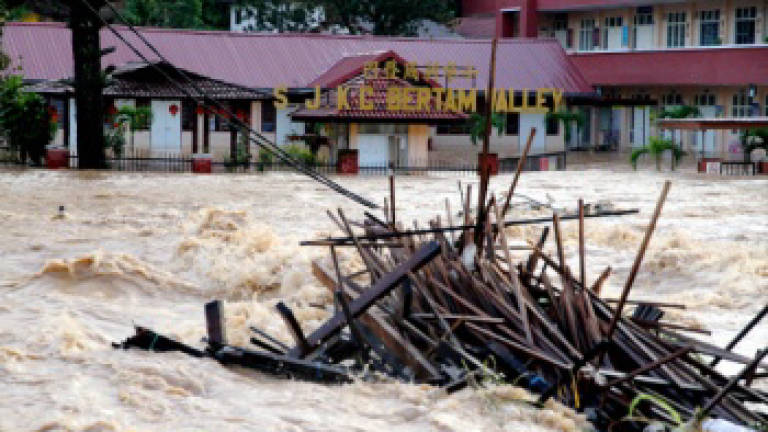Cameron Highlands tragedy caused by greed, illegal land clearing

KUALA LUMPUR: The Cameron Highlands mudflow and landslide tragedy mirrors human greed for profit, corruption and illegal exploitation of land.
The hilly region of the Titiwangsa Range covering 71,218 square hectares, which was used for planting tea since the British colonial times, has become a tourist attraction and a centre for planting vegetables.
Due to uncontrolled illegal deforestation for the cultivation of vegetables, the use of foreign labour became a necessity. Thus, Cameron Highlands became shrouded in two main issues, namely illegal land clearing and illegal foreign workers.
The negligence all this time resulted in the disaster (mudslides and landslides) which struck Kampung Raja, Ringlet town and Bertam Valley on Nov 5, causing the loss of five lives and displacement of dozens of families.
The Sultan of Pahang, Sultan Ahmad Shah, angered by the suffering of the people due to the tragedy, expressed his displeasure at the illegal land clearing for agricultural purposes.
Pahang Mentri Besar Datuk Seri Adnan Yaakob said the mud floods which hit Ringlet town and Bertam Valley were due to activities against the environment, like excessive illegal land clearing.
At the same time, Prime Minister Datuk Seri Najib Abdul Razak held a meeting on environmental issues there to discuss measures needed to be addressed to avoid a repeat of such incidents.
Following that, the federal government had to intervene to conduct an integrated operation in Cameron Highlands to go after illegal migrant workers there.
The Malaysian Anti-Corruption Commission has set up a task force to curb corruption behind the illegal land exploitation. Deputy Prime Minister Tan Sri Muhyiddin Yassin, on Nov 24, outlined an action plan to restore Cameron Highlands as the country's leading resort.
Meanwhile, about three-quarters of Kajang town was inundated with 1.5 metres of floodwaters on Nov 12 and Dec 2. The two flooding incidents were believed to have been caused by old sewerage system problems and uncontrolled development.
The country also faced drought and extreme hot weather with the coming of the El-Nino phenomenon, as well as the haze, which began in June and lasted until October.
As a result, the water crisis in Selangor became worse until 758,976 households experienced water supply problems, resulting in supply being rationed in Gombak, Kuala Lumpur, Petaling Jaya, Klang, Shah Alam and Hulu Langat. – Bernama